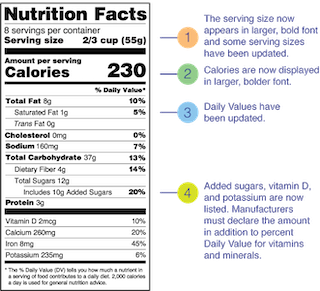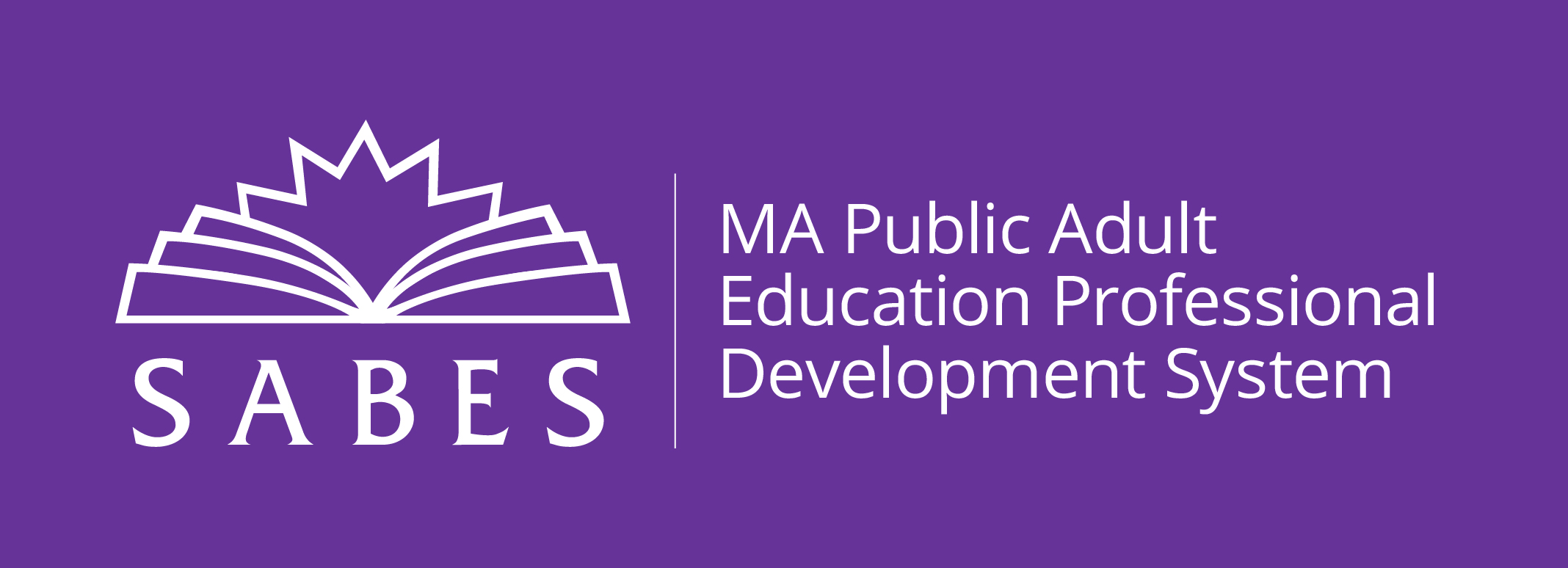
In 2016, the Food and Drug Administration (FDA) made changes to what nutritional information food manufacturers are required to report and how they are required to report it. Large manufacturers were required to make the changes by Jan 1st, 2020, and smaller manufacturers had until Jan 1st, 2021. By now, we are seeing the updated labels in stores.
The New Nutrition Facts Label site provides information on what has changed and how to interpret the nutrition label. (The site is also available in Spanish.) Exploring the information at this site can lead to discussions that are rich and relevant to students’ lives as well as involving a number of important math concepts. There are links to pages that explain each major change in detail and in friendly language, including examples. There are even short videos about the changes.
Two changes are especially worth exploring are:
1) The serving size has changed from how much people “should” eat to how much people typically “do” eat. Since all of the other information on the label depends on the serving size, this is a big deal. How does this change how you will read the label? Does this change make it easier or harder for you to make decisions about what to buy?
2) Percent daily values have been updated. This is a great topic to explore to build comfort with percents. Some good discussion topics include:
- Should the percents on the label add up to 100%? Why or why not?
- Why is it important to know that the percents are based on a 2,000 calorie diet? What should you do if your diet is more or less than 2,000 calories?
- For which nutrients should you try to eat at least 100% of the daily value? For which should you try to eat no more than 100% of the daily value? Why?
Another great feature of this site is the Interactive Nutrition Facts Label, where each part of the label links to an explanation and detailed information about that particular piece (for example, protein or added sugars). This page also explains the different parts with details and examples. And here are some materials for parents to use to teach their children how to read the labels – available in English and Spanish!
These resources could be incorporated into lessons on health and wellness. In a math class, this information could be tied into lessons on data, proportional reasoning, fractions, percents, and units of measurement (cups, ounces, grams, milligrams, micrograms, etc.). You can download a sample fraction activity and an answer key below.
Other related resources:
- Choose My Plate from the U.S. Department of Agriculture
- How I Learned to Stop Worrying and Love Percents (Blog)


